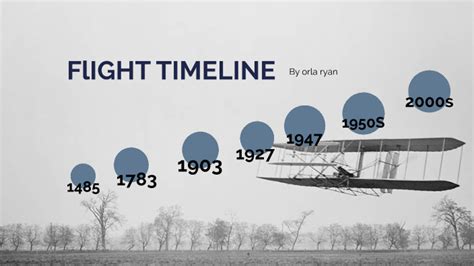Exploring the Timeline: 1959-2024 - A Journey Through Six Decades of Change
The period from 1959 to 2024 represents a monumental shift in global history, encompassing breathtaking technological advancements, seismic socio-political changes, and dramatic cultural transformations. This journey through time reveals not only how far we've come but also the challenges we continue to face.
The Dawn of a New Era: 1959-1969
1959 marked the beginning of a decade defined by the Cold War's escalating tension. The Space Race ignited, fueled by the launch of Sputnik in 1957, setting the stage for the Apollo program's ambitious goal of landing a man on the moon. This era also witnessed the rise of the counterculture movement, challenging established norms and paving the way for significant social change. The assassination of John F. Kennedy in 1963 remains a pivotal moment, shaping American political discourse for generations. The Civil Rights Movement gained momentum, with pivotal figures like Martin Luther King Jr. leading the fight for equality.
What were the major technological advancements of the 1960s?
The 1960s saw groundbreaking advancements in computing, with the development of early integrated circuits laying the foundation for the microchip revolution. The invention of the transistor radio dramatically impacted communication, while the beginnings of the internet's precursor, ARPANET, signaled a future of interconnectedness. Medical advancements, including organ transplantation, also marked significant progress in this decade.
A World in Flux: 1970-1979
The 1970s were marked by economic instability, with the oil crisis of 1973 significantly impacting global economies. The Vietnam War continued to dominate international headlines, while the Watergate scandal shook the foundations of American politics. This decade also saw the rise of environmental awareness, leading to the creation of the Environmental Protection Agency (EPA) in the US and growing global concern over pollution and resource depletion.
How did the Cold War impact the 1970s?
The Cold War's shadow loomed large over the 1970s, with proxy wars and ideological clashes shaping international relations. Détente, a period of relaxed tensions between the US and the Soviet Union, offered a brief respite, but underlying tensions persisted. The arms race continued unabated, driving technological advancements in military capabilities.
The Age of Information: 1980-1989
The 1980s witnessed the rise of the personal computer and the dawn of the information age. The Cold War continued, culminating in the Chernobyl disaster and increasing global anxieties. The fall of the Berlin Wall in 1989 marked a pivotal moment, symbolizing the end of an era and the beginning of a new global order. Economic globalization accelerated, leading to both opportunities and challenges for nations worldwide.
What were the key events that led to the fall of the Berlin Wall?
The fall of the Berlin Wall was the culmination of years of political and social pressure within Eastern Europe. Mikhail Gorbachev's reforms in the Soviet Union (Perestroika and Glasnost) weakened the communist bloc's control, while growing popular discontent within East Germany fueled calls for change. Ultimately, a combination of internal pressure and external influence led to the wall's collapse.
Globalization and Technological Leaps: 1990-1999
The 1990s saw the rise of the internet and the World Wide Web, transforming communication and access to information. Globalization intensified, leading to increased interconnectedness but also heightened economic inequality. The end of the Cold War reshaped global politics, leading to new challenges and alliances. Technological advancements in computing, telecommunications, and biotechnology accelerated at an unprecedented pace.
How did the internet revolutionize the 1990s?
The internet's rapid expansion in the 1990s fundamentally altered how people communicated, accessed information, and conducted business. The rise of the World Wide Web made information readily available to a global audience, fostering collaboration and accelerating the exchange of ideas. E-commerce emerged, laying the groundwork for the digital economy.
The 21st Century and Beyond: 2000-2024
The 21st century has been characterized by rapid technological advancements, including the rise of mobile computing, social media, and artificial intelligence. Globalization continued to shape the world, but also faced challenges such as economic crises and rising inequality. The War on Terror, climate change, and pandemics like COVID-19 have dominated global headlines, highlighting the interconnectedness of global challenges.
What are the major challenges facing the world in the 21st century?
The 21st century presents a complex array of challenges, including climate change, economic inequality, political polarization, and the ethical implications of rapidly advancing technologies. Addressing these challenges requires international cooperation and innovative solutions. Global pandemics also highlight the vulnerability of interconnected systems and the critical importance of public health infrastructure.
This exploration of the timeline from 1959 to 2024 provides a glimpse into the dramatic changes that have shaped our world. Understanding this historical context is crucial for navigating the complexities of the present and shaping a better future.

